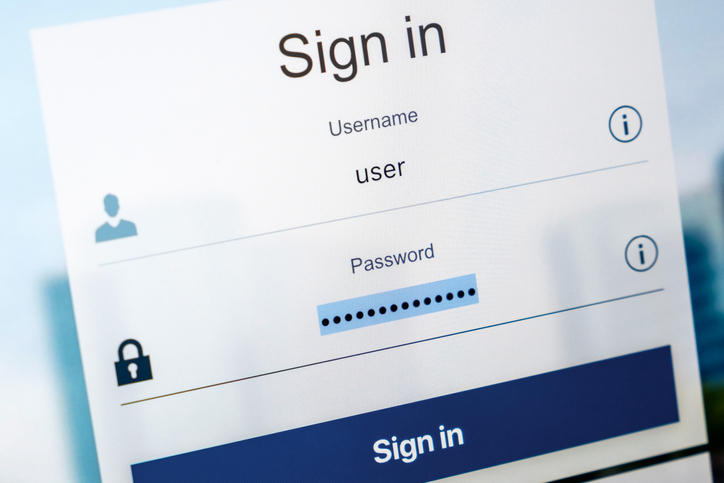
To experience growth and stay relevant in their given industries, companies rely on productivity-enhancing and cost-effective communication systems that provide a robust, efficient platform for critical interactions, both internal and external.
Voice over Internet Protocol (VoIP) systems have risen to the forefront as a viable communication solution for businesses of all sizes, replacing traditional telephone systems and securing a spot as a standard for communication in the professional world. While VoIP systems require an Internet connection to operate, they can support high-quality long-distance calls while offering a number of other modern features, including integrated video conferencing, file sharing, and call recording.
Selecting a suitable service provider to set up and manage your VoIP system is an important decision, but if you know what you are looking for, the process becomes significantly simpler. We have organized the following list of criteria to guide you in picking the best VoIP service provider for your company.
Affordable Cost
Cost is an important factor in the decision-making process. Different vendors will have varying prices for the system hardware and installation, as well as a range of rates for managing, updating and maintaining a VoIP system. You should take stock of your company’s communication needs, as well as the budget you have available for meeting them. Keep in mind that with a quality service provider, you should not have to pay hidden service fees or extra chargers for standard features, including conference bridges, voicemail boxes, auto attendants, custom messages, and ring groups. Avoid VoIP providers who are not upfront about the costs associated with their technology and services.
Robust Cyber Security
Advanced security features should be a given. Even small- and medium-sized businesses can be targets of cyber attacks, including malware, phishing scams, and other viruses, which threaten their infrastructure and information. According to the U.S. Computer Emergency Readiness Team, VoIP, which relies on an Internet connection, “may be vulnerable to many of the same problems that face your computer and even some that are specific to VoIP technology.” Your VoIP service provider should be well aware of risks associated with this type of technology and ensure you have access to cutting-edge security features that protect your organization from cyber threats.
Call Management
A basic feature offered by top-notch VoIP providers is call management. This can include a number of functions that benefit your business, including call waiting for service, caller ID, call forwarding, voicemail, dial-in directories, call blocking, and other basic calling options. When shopping around for a provider, find out what call management options they offer that will be convenient and helpful for your organization’s employees.
Reliable Support
You should be able to access and use your VoIP system for business operations consistently and without delay. That is why a quality VoIP provider will emphasize a high level of uptime and round-the-clock technical support, which includes monitoring and maintenance. You should be able to reach your provider via email, phone call, or live chat when you need assistance with your service or encounter technical difficulties. Another important aspect of customer support is a plan for disaster recovery, in case you experience a system failure or other emergency. VoIP providers should have intensive protocols in place to quickly address the issue and get you back on track without losing valuable time or important information.
Intricate Integration
Any cost-worthy VoIP service should offer organizations more than the simple ability to make calls. To enhance productivity and efficiency, you should be able to integrate company smartphones, since many people rely on their mobile devices to do business outside of the office. You also should pick a VoIP provider that allows you to integrate your system with existing third-party processes, applications and extensions, including Google Drive, Dropbox, Salesforce, Desk.com, and office software, among others. Without easy integration, you could face the resource-intensive task of transferring business data or creating new databases.
Unified Communication
Unified communication is another industry standard that you should keep in mind when searching for the right VoIP solution for your company. Unified communication is a feature that allows you to integrate a variety of communication methods into a single system, mitigating your need to open separate apps or windows. Some of the communication methods you will likely want to access from your unified platform include email, video call, voicemail, and conference calls.
Local Area Codes and E911
You do not want clients, business partners, or other individuals to incur a charge when they call you on a traditional telephone system. That means you could look for a VoIP system that supports local area codes. Additionally, your provider should offer enhanced 911 (or e911) service, which enables emergency service dispatchers to automatically locate a caller’s geographic location.
Sound Quality
In this day and age, there is no excuse for subpar audio when using modern technology for business communications. Quality VoIP providers should be able to ensure high sound quality, as well as a guarantee to address technical problems if you experience choppy audio.
Obviously, there are numerous factors to consider when you are searching for the best VoIP system and service provider for your organization. Working alongside experienced IT consultants or information service providers can help you select an option that fits well with your existing communication systems, serves your professional needs, and stays within budget.









